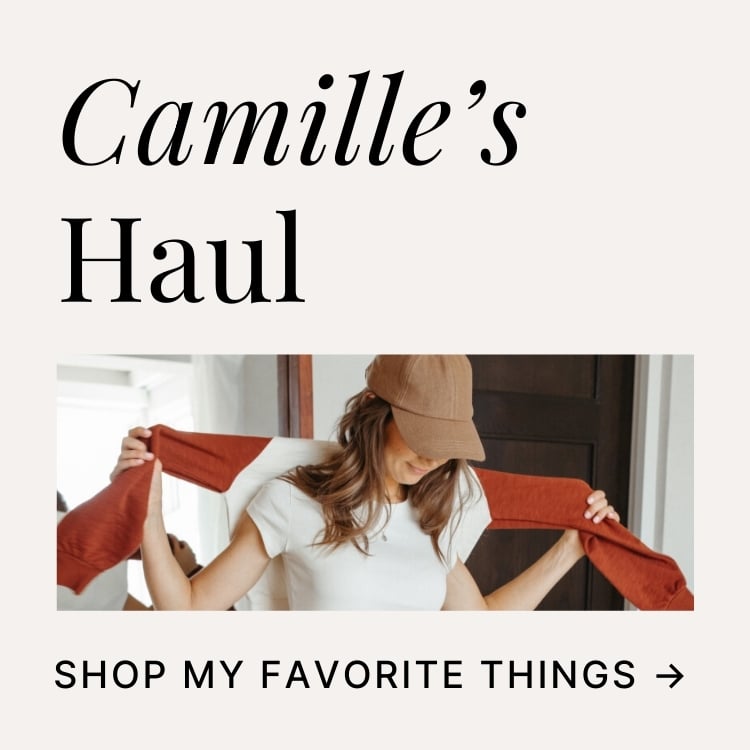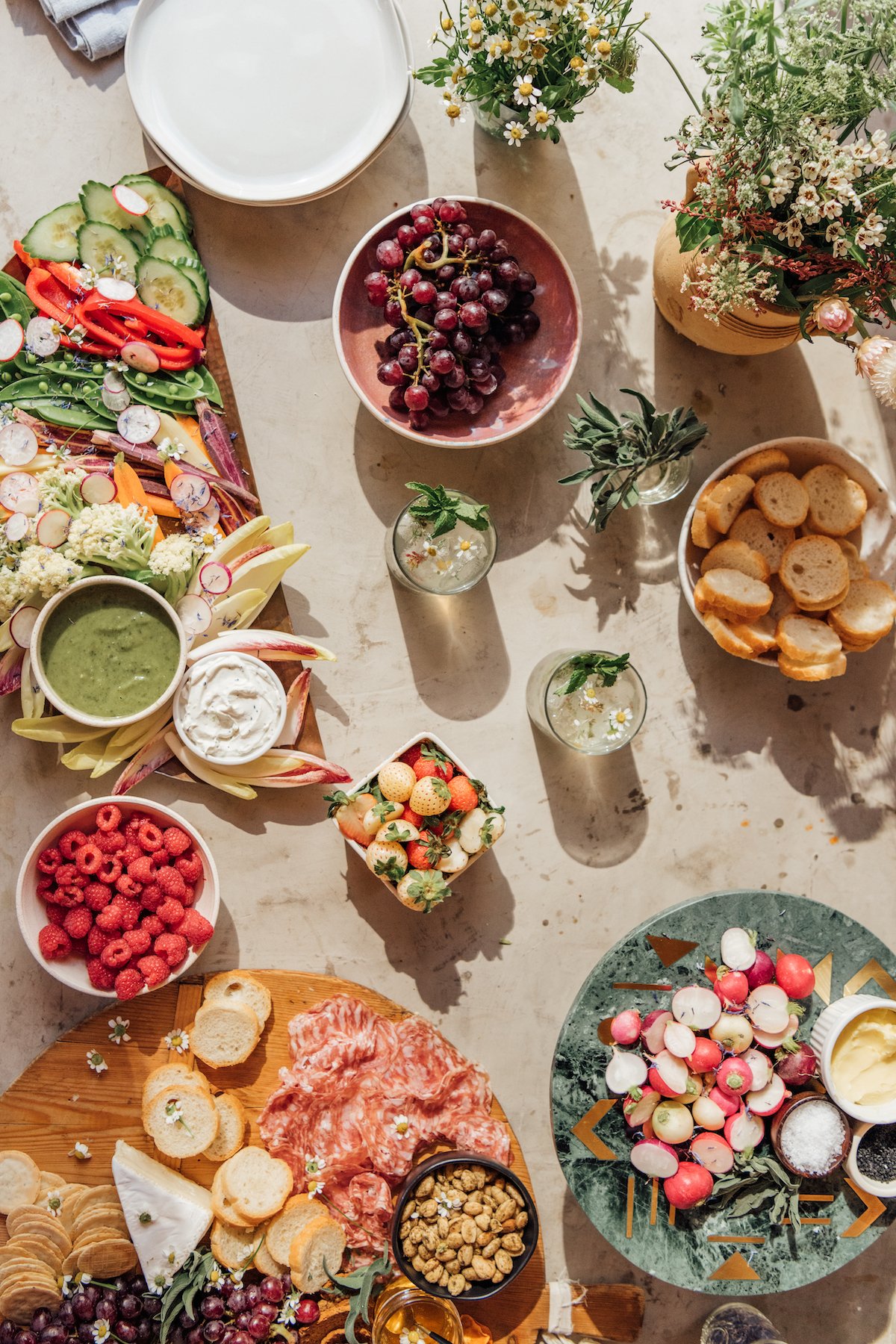When my sister asked if I wanted to do Whole30 with her this past August, my knee-jerk reaction was “No way, not another diet!” While I’m still figuring out what works best for me nutritionally — it changes daily based on what my body needs — I am 100% confident that any kind of diet does not end well, at least not for this girl. Before I could even get my next word out, she said, “Relax, it’s not a diet — it’s a reset.” Not a diet? Ok sister, you’ve got my attention.
You’re likely already familiar with the Whole30. It’s been covered extensively online. But for those who are new or need a refresher, per the website: Whole30 is a nutritional program designed to change your life in 30-days. They say to think of it as a short-term nutritional reset, designed to help you put an end to unhealthy cravings and habits, restore a healthy metabolism, heal your digestive tract, and balance your immune system. Certain food groups (like sugar, grains, dairy and legumes) could be having a negative impact on your health and fitness without you even realizing it.
The goal is to eliminate these foods for 30 days, then reintroduce them one by one to see how your body reacts. Perhaps my favorite part of the program: no calorie counting and no restricting. Aside from the banned items — sugar, grains, dairy, legumes, and anything that represents something you may be craving (ie: paleo pancakes, which they call “sex with your pants on” — google it), you’re welcome to have unlimited quantities of whatever approved food you want. I’ve counted calories and restricted in the past, and though it led to an enormous weightloss, it also led to weight gain. Restriction, calorie counting, and diets do not work for me.
Their entire approach to program appealed to me. From the resources they provide, to the tough-love-no-nonsense words. One of my favorite lines from co-creator Melissa Hartwig was, “It is not hard. Don’t you dare tell us this is hard. Quitting heroin is hard. Beating cancer is hard. Drinking your coffee black. Is. Not. Hard.”
So I did it — the full 30 days with my sister, and here’s what I learned during the process.

The scale had to go.
One of the hard rules of Whole30 is to not weigh yourself. At all. It’s not about the number, it’s about eliminating foods that are potentially causing you inflammation and discomfort. It was in this moment I realized I relied too much on the number on the scale. It controlled my moods, how hard my next workout would be, and more. I immediately tossed the scale and haven’t stepped on once since. What an immense amount of freedom from Day 1.
I’m a sugar addict.
I’ve always had a sweet tooth, but I didn’t realize how bad it was until I quit it. One week into Whole30, my sugar cravings were completely gone. At times, eating an apple felt too sweet for me. There was a moment of weakness on Day 25 when all I wanted was sugar, which was largely in part because there was a long gap in between meals. Other than that, I was shocked that this gummy-loving girl craved zero sugar. I felt better, my mood and sleep improved, and I’ve never received so many compliments about my skin looking more radiant and fresh.
Fats cure all.
Avocados, coconut oil, almonds, MCT oil, and collagen all became staples for my Whole30. I used to be scared of getting too much fat intake in my diet, but the second I incorporated more, my joint pain was completely gone. I was used to waking up in the middle of the night to stretch my IT band or feel discomfort in my hands throughout the day. Of course I blamed both on running, cycling and typing too much. Now, whenever the pain comes back, it’s usually when my diet is full of sugar and processed foods. Not only did my joint pain subside, but I felt fuller for much longer. And when I did finally start to get hungry again, it wasn’t that obnoxious hunger pain that I usually get from a day full of sugar.

It’s time consuming.
Melissa and her team are right — it’s not hard, but it is time consuming. During Whole30, I wished and prayed I had a private chef at least daily. Plan for a lot of hours of meal prepping, cooking, doing the dishes and grocery shopping. Now I get it, invest in your health and make time for the things that make you feel great, but as a super busy gal with packed days and weekends, I had to reprioritize everything. After the first week, I finally got into a good routine: Sundays I ordered my groceries via Instacart, cleaned while I waited for the delivery, then meal prepped and cooked for about 3 hours. Then I had meals ready to go for the entire week.
Keep in mind, the Whole30 team doesn’t ask you to make Zagat-rated restaurant style food every evening. Nor do you have to buy the cookbooks and create a masterpiece everyday for you or your family. As long as your eating Whole30 compliant, you’re good.
Always be prepared.
While it was rare that hunger would strike without notice, I learned fast to keep nuts or a Whole30-approved bar on hand just in case. Because if you veer off course of your Whole30, you’ve got to start over. Melissa specifically says, “You need such a small amount of any of these inflammatory foods to break the healing cycle — one bite of pizza, one splash of milk in your coffee, one lick of the spoon mixing the batter within the 30-day period and you’ve broken your health and healing reset, and have to start over again on Day 1.”

Online inspiration.
I got really tired of eating eggs, bacon, kale and sweet potatoes, so had to go down a few rabbit holes online for food inspiration. My favorites? Danika Brysha’s Instagram. She’s a model and Founder of Model Meals (a Whole30-approved meal delivery service in California). She posts a lot of meals that gave me a ton of inspiration. Jeannette Ogden (Shut the Kale Up‘s) Instagram. While not all Whole30 approved, Jeannette gave me a lot of great bowl ideas for dinner. Courtney Swan (Real Foodology‘s) Instagram. She preaches the good organic word and travels a ton, so I found her page to be helpful while I was on the road.
Honorable Mentions.
I’d be remiss if I didn’t share my favorite go-to’s during this process, that I still consume till this day. There are a lot of brands and even restaurants that have created Whole30 complaint products and meals. You can find most in your local Whole Foods or health-focused grocery store, as well as Thrive Market online. These are my favorite:
- Primal Kitchen Mayo.
- Tessemae’s Sauces, specifically the ranch dressing.
- Snap Kitchen, in Austin and various cities.
- Vital Proteins collagen, to add to bone broth or soups.
- Trader Joe‘s coconut oil packets, especially great for travel.
- RX Bar, specifically apple cinnamon.

Final verdict: I’d do it again.
Friends, I’ve never felt better than when I did Whole30. Sure, there were moments that I wanted to celebrate with a glass of wine, or have a piece of birthday cake, but in the end devoting 30 days to figure out what I am sensitive to was nothing. My joints and body felt great, I had a lot of energy and mental clarity, and I slept so well. I learned that my body does not do well with sugar, and I can have dairy in small doses. I also learned that starting my day with carbohydrates (ie: oatmeal) only leaves me feeling tired and more hungry an hour later. I now try to eat good fats with every single meal, often times sneaking in collagen to my oatmeal or smoothies.
For inquiring minds, I did step on my sister’s scale on the last day (remember, I tossed mine) — I lost 16lbs on my Whole30. But, I haven’t stepped on a scale since — very liberating.
If you’re interested in doing the Whole30 or have questions, I’m happy to answer in the comments. My one piece of advice to you is to read about it and educate yourself before starting. Everything you need to get started is at whole30.com.






